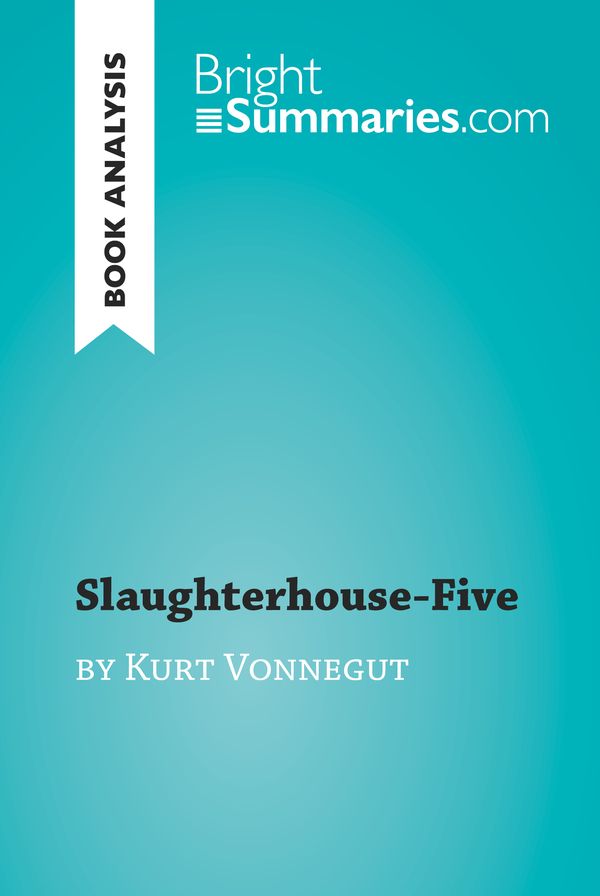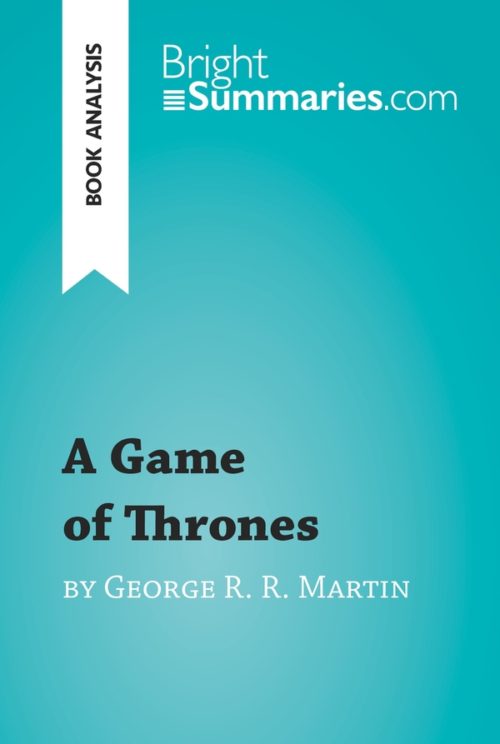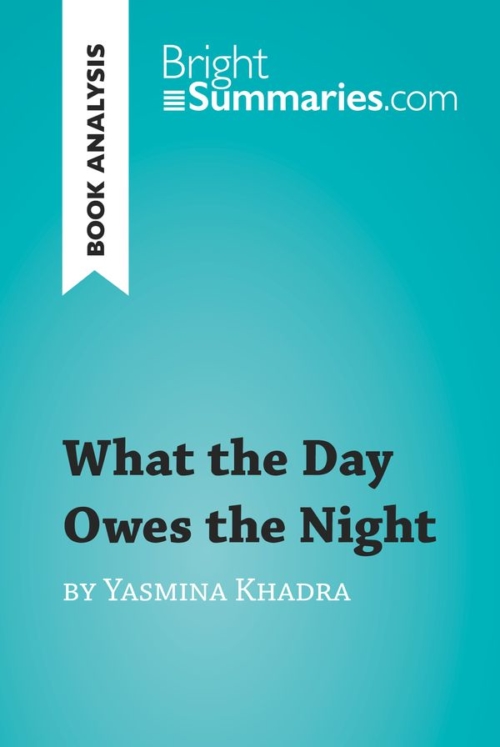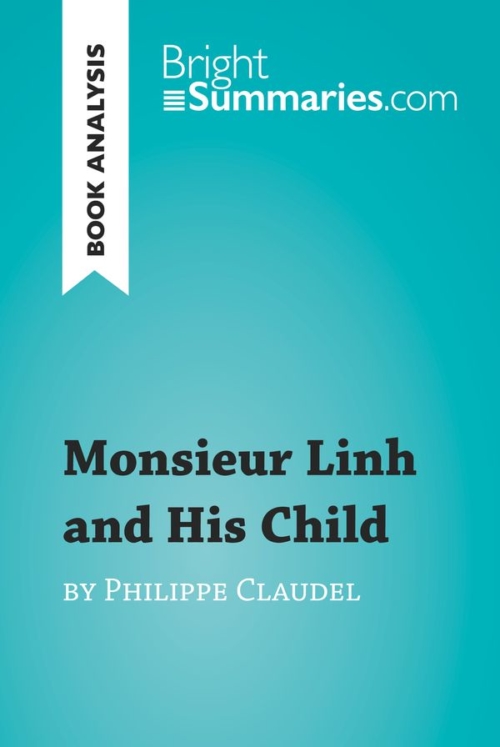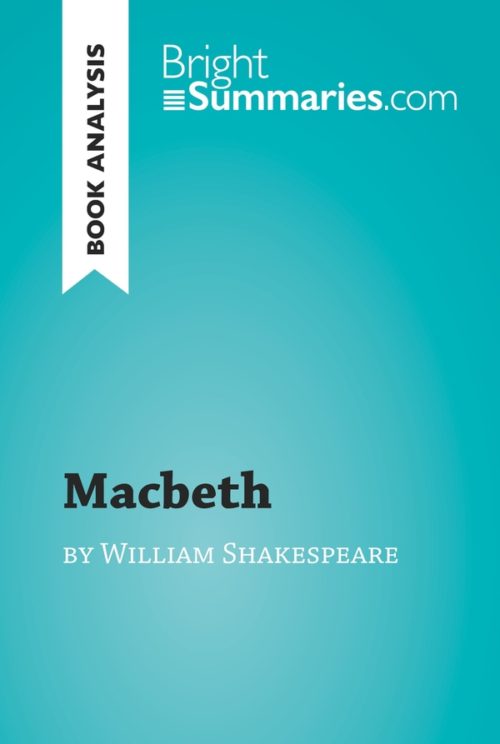Slaughterhouse-Five by Kurt Vonnegut (Book Analysis)
Slaughterhouse-Five by Kurt Vonnegut (Book Analysis)
Detailed Summary, Analysis and Reading Guide
Read more
This practical and insightful reading guide offers a complete summary and analysis of Slaughterhouse-Five by Kurt Vonnegut. It provides a thorough exploration of the novel’s plot, characters and main themes, as well as an exploration of the ways it drew inspiration from Vonnegut’s own life experiences. The clear and concise style makes for easy understanding, providing the perfect opportunity to improve your literary knowledge in no time.
This clear and detailed 58-page reading guide is structured as follows:
- Biography of Kurt Vonnegut
- Presentation of Slaughterhouse-Five
- Summary of Slaughterhouse-Five
- Character study
- The Narrator
- Billy Pilgrim
- The Tralfamadorians
- Billy Pilgrim’s family
- Billy Pilgrim’s fellow soldiers
- Elliot Rosewater
- Kilgore Trout
- Analysis of Slaughterhouse-Five
- An anti-war novel
- So it goes
- Post-Traumatic Stress Disorder
About Slaughterhouse-Five
Slaughterhouse-Five is generally considered Kurt Vonnegut’s masterpiece. It was published in 1969, but draws on the author’s experiences during the Second World War several decades earlier in a darkly satirical novel about the true cost of war. It follows a young man named Billy Pilgrim who – like Vonnegut himself – is captured by German forces while fighting for the American army in the Second World War, and only survives the bombing of Dresden by taking shelter in a meat locker in the titular slaughterhouse he works in. However, the story is told in non-chronological order, as Billy believes that he time-travels back and forth through his own life, and even that he was kidnapped by aliens – though it is left up to the reader to decide whether these experiences are real, or just a symptom of the trauma he has been subjected to.
About Kurt Vonnegut
Kurt Vonnegut was an American writer who is best known for his satirical anti-war novel Slaughterhouse-Five, which was published in 1969 at the height of the controversial Vietnam War and was heavily inspired by Vonnegut’s own experiences as a prisoner of war during the Second World War. During that time, he survived the bombing of Dresden by Allied forces by taking shelter in a meat locker in the slaughterhouse he was being forced to work in. Vonnegut died in 2007, and is remembered as one of the most important satirical writers of the 20th century.
Product details
| ISBN | 9782808013208 |
|---|---|
| Publisher | Plurilingua Publishing |
| Collection | Brightsummaries.com |
| Format | |
| Pages | 58 |
| File size | 2.2 MB |

